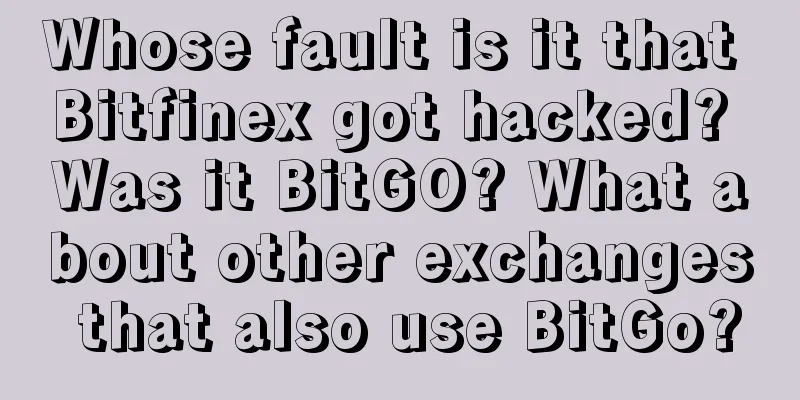ConsenSys announces the release of BTC Relay to connect Bitcoin and Ethereum

|
The ConsenSys team announced the official launch of BTC Relay, which is considered the first sidechain. BTC Relay will connect the Ethereum network with the Bitcoin network in a secure and decentralized way. BTC Relay allows users to verify Bitcoin transactions on the Ethereum blockchain by using Ethereum's smart contract function. The main idea behind sidechains is a mechanism that allows users to send transactions not only to other addresses or accounts, but also to other blockchains. This simple idea has been appreciated by Bitcoin developers and community members before. Instead of using a centralized server (such as a cryptocurrency exchange) to obtain tokens of a particular blockchain, you can simply send Bitcoins to an address and have them automatically and securely converted into tokens of that blockchain. BTC Relay is an open source project that allows the Ethereum network to connect with the Bitcoin network. BTC Rely is a smart contract based on the Ethereum blockchain. ConsenSys also announced that BTC Relay will be added to the decentralized exchange EtherEx. ConsenSys also plans to launch an Ethereum-based Bitcoin token, or ETHBTC, which can be done by locking Bitcoin in a multi-signature wallet. BTC Relay relies on a group of community members called Relayers who run a software that transmits data from the Bitcoin network blocks to the BTC Relay platform. Ethereum decentralized applications (Dapps) can then query Relay's smart contracts to verify activity on the Bitcoin network. The BTC Relay project was born and grew under the Ethereum Foundation, but when BTC Relay creator Joseph Chow joined ConsenSys, BTC Relay also moved to ConsenSys. Wanxiang Blockchain Labs funded Chow’s project development, and the funds were used for independent security audits of the platform. Ethereum co-founder Vitalik Buterin said:
The Ethereum ecosystem continues to grow. Many members of the cryptocurrency community see Ethereum as a competitor to Bitcoin, but in fact, the two can complement each other. In the future, users may be able to use Bitcoin to rent the computing power provided by the Ethereum Virtual Machine, or safely use Ether to pay for services priced in Bitcoin. |
<<: How Bitcoin is used in Africa
Recommend
Innosilicon Technology: Will launch Bitcoin T3 mining machine and GPU A10 Ethereum mining machine
According to a live report by Cong Daily, the 201...
What mole indicates peach blossom luck?
Moles on different parts of the face and limbs ha...
Analysis of the facial features of a passionate and fickle woman
In physiognomy, which kind of women are passionat...
Physiognomy: The best partner on the road to wealth
Physiognomy: The best partner on the road to weal...
ETC and IOTA: Who will be the overlord in the field of Internet of Things?
In November, IOTA's market value soared more ...
What are the effects of where the Yin Xi lines grow?
Various kinds of lines on the face will have vari...
Is it true that a man with a broken nose bridge will bring bad luck to his wife? Is the fate of a man with a broken nose bridge good?
Men with broken noses have bad tempers If a man h...
Explain what kind of people will be lonely all their lives
There are two types of loneliness: inner loneline...
The location and fate of moles on women's ears
The position of moles is closely related to desti...
Nose reading: What does a lion nose look like?
The importance of the nose to a person is self-ev...
UBS launches white paper on blockchain layout in China's financial sector at Summer Davos (download white paper)
Author: Amber Dingding From June 26 to 28, the An...
Palmistry: See who is generous and not stingy
Palmistry: See who is generous and not stingy Do ...
What is the secret behind BCC’s stable ranking third in market capitalization?
Since its birth on August 1, BCC has been full of...
What are the signs of a woman who marries late and gets married well? Happiness comes late
People want to get married when they reach a cert...
Physiognomy analysis: What is the fortune of a woman with four white eyes in 2020?
The new year has arrived, and at this time everyo...









